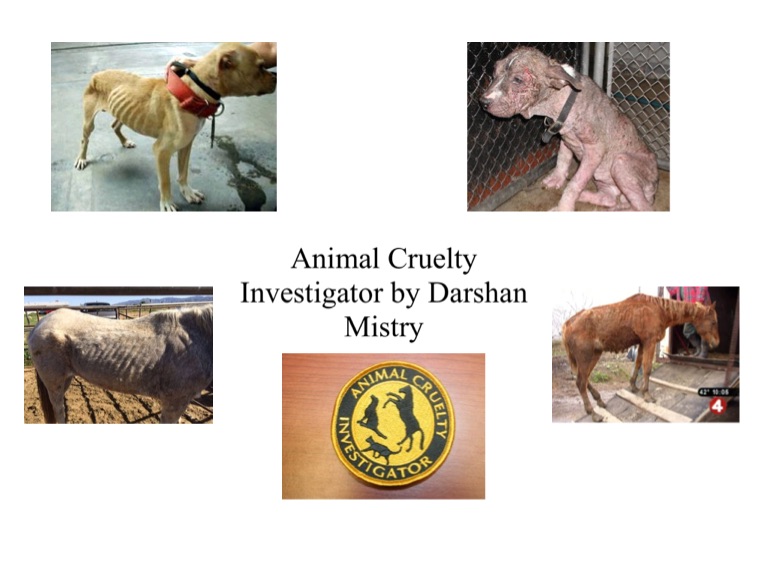When one thinks about the tools of law enforcement, the image of a badge and a firearm typically comes to mind. However, in the realm of animal protection, particularly when discussing the role of animal cruelty investigators, this notion may take an unexpected turn. The question arises: do animal cruelty investigators carry guns? The answer is not straightforward and evokes further inquiry into the tools that these dedicated individuals utilize in their pursuit of justice for animals.
Animal cruelty investigators serve an essential function in the framework of animal welfare enforcement. Their mission is to uncover neglect and abuse, and they often navigate a complex web of legal, ethical, and emotional challenges. The ability to gather evidence, document incidents, and interact with the community are paramount in their work. However, the question of whether they are armed speaks volumes about the environments they must often negotiate.
The presence of firearms in animal cruelty investigations can vary significantly by jurisdiction. Some regions employ a more traditional law enforcement approach, wherein investigators may carry firearms while others operate under a non-enforcement model, relying on community collaboration and education. Many investigators are often employed by animal control agencies, which might not confer upon them the same powers or protections as conventional law enforcement officers.
This divergence opens up a fascinating dialogue regarding the potential dangers faced by animal cruelty investigators. They may find themselves in unpredictable situations when responding to reports of abuse. From confrontational pet owners to volatile living conditions, the necessity for personal safety becomes a valid concern. Nevertheless, carrying a gun is not standard practice among all investigators. In fact, many choose to leave firearms behind, opting instead for non-lethal approaches that reflect their primary mission: to rescue and protect animals.
So, what are the right tools for an animal cruelty investigator? Understanding the core components of their arsenal can shed light on how these professionals pursue justice without resorting to violence. Firstly, documentation tools play a pivotal role. Cameras, notebooks, and recording devices serve as the backbone for collecting evidence. Visual documentation of the conditions that animals are found in is critical for building a compelling case against abusers. High-quality photographs can tell a story that words simply cannot convey.
Equally vital are communication tools. A mobile phone not only facilitates immediate reporting of cases but also connects investigators with legal authorities, veterinarians, and social services. Effective communication can bridge gaps between various stakeholders, ensuring that animals receive the care they desperately need.
In addition to documenting evidence and communication, investigators often employ specialized gear for safe handling of animals. Items such as slip leads, capture nets, and humane traps can help ensure both the safety of the investigator and the animal. Patience is key; veterinarians’ and animal behaviorists’ expertise may also be consulted when handling distressed animals.
Given the sensitive nature of their work, animal cruelty investigators often undergo comprehensive training that includes crisis intervention, animal behavior, and emotional resilience. They must be equipped not only with practical tools but also with a deep understanding of the psychology surrounding animal abuse. These complexities often require investigators to exhibit compassion and diplomacy rather than aggression.
A potential challenge remains in the general public’s perception of animal cruelty investigations. Misunderstandings often arise; some view investigators with skepticism, presuming they possess the same authority as police officers. Others may not comprehend the legal limitations that govern the actions of these professionals. This misunderstanding can impede the effectiveness of investigations and jeopardize the safety of both the animal and the investigator.
In defense of their work, it is essential to understand that investigations and subsequent rescues are usually conducted with a focus on collaboration. Local communities can empower investigators by providing tips, reporting suspected abuse, and fostering supportive networks for the welfare of animals. Engaging the public in dialogue and educating them about the responsible treatment of animals are fundamental aspects of a successful strategy to combat cruelty.
Moreover, there is an increasing emphasis on humane education and advocacy within the animal welfare sector. Investigators often take part in programs aimed at informing the community about problems related to neglect and abuse. By improving public education, the cycle of violence against animals can be disrupted long before investigation becomes necessary.
In closing, while the image of an investigator with a gun might be a short-sighted notion of law enforcement, the tools of the trade in animal cruelty investigations are multifaceted and intricate. They contain profound implications for the safety of both the animals they protect and themselves. The mission to eradicate cruelty is not just about enforcement; it is about compassion, education, and advocacy. As we seek to better understand the complexities faced by these individuals, we may come to realize that the true strength of an animal cruelty investigator lies not in a weapon, but in their unwavering commitment to creating a better world for all creatures.








